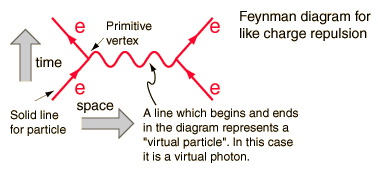You do not have a clear understanding of the quantum mechanical nature of "particles" and the way energy conservation and generally conservation laws work at the quantum mechanical frame.
In quantum mechanics bound states are stable if there is no empty lower energy level to which the particles building up the state can end up in.
Take the hydrogen atom and the energy levels which in a semi classical description the electron can occupy. In strict mathematics the energy levels are given by the solution of the potential problem : electron+proton with a coulomb potential V.

The stable state of the hydrogen atom for the electron is the n=1. When an electron has been capture at say, n=3, the solution of the equations gives a probability for the electron to fall down to n=1, the energy difference leaving as a photon. No vacuum or external energy is needed.
This is an easy example. The beta decay of the neutron needs more complicated equations because it involves the strong potential tying up the quarks and the weak interaction that is responsible for the decay of one of the quarks so the neutron turns into a proton, because the proton is the lowest energy state of three quarks. No external energy to the specific potential problems apper.
What you have heard about virtual particles is a mishmash of the mathematical method of calculating , the decay probabilities, which used Feynman diagrams. Virtual particles are mathematical representations necessary for calculating complicated more than two particle states. They have the quantum numbers of the named particles , but not their mass. They are off mass shell, a mathematical tool. See this simple Feynman diagram here.

They have nothing to do with conservation of energy in the overall interaction, i.e. real particles in, real particles out.


